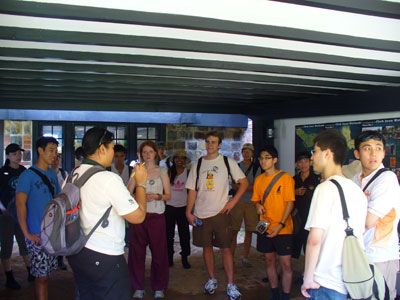
Upon reaching House No. 1, Siti started to brief the team as there are quite a number of new seagrassers.
This time round, I was paired with another newbie, Nicholas - a NUS exchange student from New York who studies environmental science. And of course, I'm at my usual site A again for the sake of consistency in data collection (so I claim).
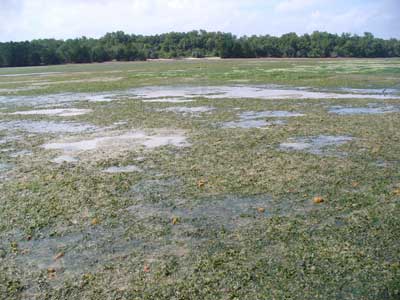
The first thing that most of us saw was a familiar sight - spaghetti-like orange masses everywhere. Can you spot them?

Here's a closer look.
Wondering what's that?
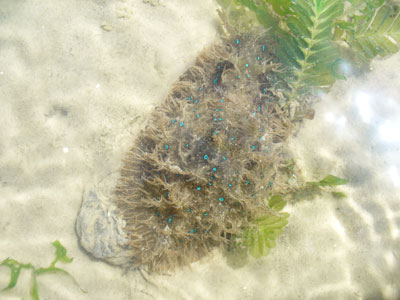
It belongs to this creature - the Seahare. It's a type of sea slug which is said to resemble a sitting hare (pretend that the rhinophores are ears). The orange masses are their eggs, which they lay them in a string-like manner, all twirled up. More info can be found here. The last time we saw this kind of mad mass breeding activity was back in Jan/Feb 2007. Seasonal hermaphrodite critter.
And here goes the list of few critters today, along with the usual swimming crabs, snails, barnacles, mussels, moults etc. Seagrass of course (better mention before 'someone' nags):
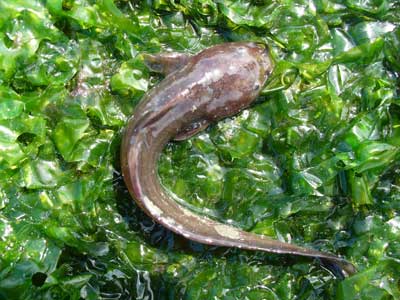
A catfish found just beside my transect line. Had to convince it into the water, reminding it that dry ground is not good for its health.
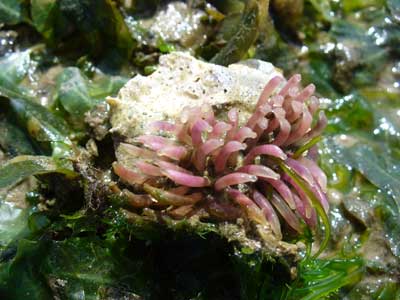
Update: These are drill eggs, more specifically from Thais lacera carinifera. Purple indicates mature eggs while yellow ones are immature. Hatched eggs are probably transparent or indicated by broken capsules? Another sighting of a different type of drill eggs, from Thais malayensis, were back in Oct 07. All identification courtesy of Dr. Tan Koh Siang, a molluscs expert. He once did studies related to Thais sp..

I believe this is a warty sea cucumber. A little fellow, only about 2-3cm long. Grow up, little one!
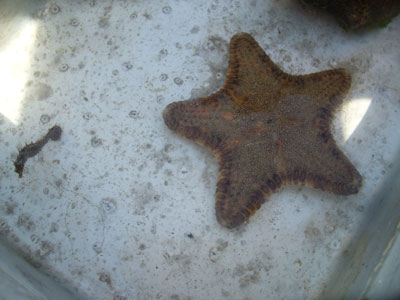
These are found by the NParks intertidal walk guides. Can you spot the tiny seahorse beside the cake sea star?
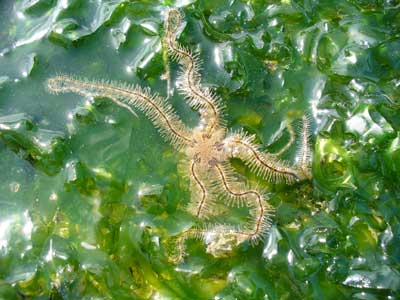
A brittle star. This type of sea star usually hide in crevices, sponges or corals. As the name indicates, it has a tendency to break its arms off easily, perhaps to escape from being a meal for predators.

And last but not the least, common sea star which is no longer that common in CJ after the CJ mass death incident in early 2007.
Since there was no hurry, we decided to walk along the mangrove area from the northern end towards the boardwalk.
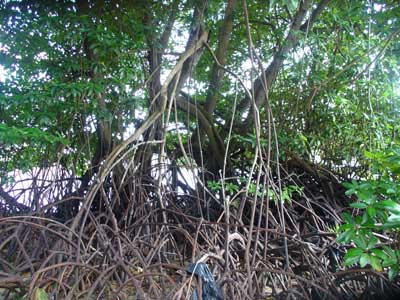
Plenty of mangrove trees. They have unusual roots and other characteristics as they have to adapt to being covered in seawater at high tide and also to grow in soft mud.
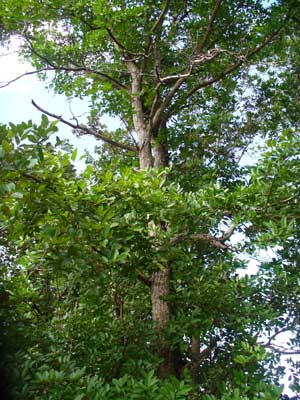
And this particular one is rare in Singapore. Someone please let me know the species? Avicennia?
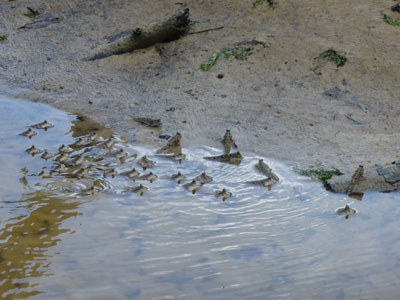
Walking along and I found this bunch of guys (gals too, I guess). Seeing mudskippers waddling and floating around as a school was so cute that I couldn't resist snapping a photo of them.
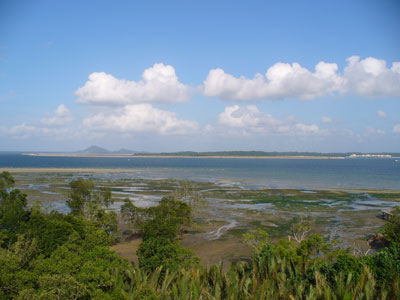
Good weather = nice view from the top of Jejawi Tower.
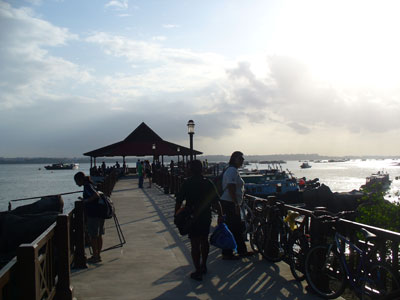
With a beautiful sunset view on our way back.
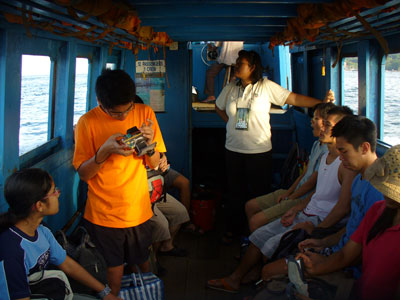
Surprisingly, almost everyone is awake on the boat trip back to the mainland.

And here's to end it off - a snapshot of the view from the back of the boat - the sky, sea and boat, each with its own shade of blue.

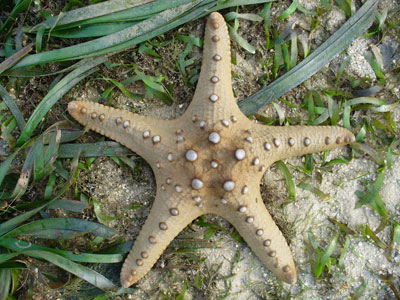




5 comments:
methinks that those spaghetti-ish clumps are likely to be gong gong eggs (saw something similar whilst diving)
the purplish ones look like MATURE (or at least, maturing) drill eggs. miss CJ alr...
Those spaghetti clumps should be seahares' eggs. Most of us seen it before. Seasonal just like the seahares.
Drill eggs look different. My Oct 07 CJ trip records the drill eggs on my transect stake. Hence my doubt about this unless it's a different species?
Why can't molluscs just attend to their eggs?? =/
icic.... seahares? hmmm.... interrupted a gonggong laying eggs whilst diving (unless it was actually eating seahare eggs?)
do agree that they shld just jaga their eggs (or tag them for us?) ^^
Did some reading, got to correct my statements.
Purple does indicate mature eggs while yellow are immature eggs. Perhaps hatched ones are indicated by transparent or broken capsules.
ID of this and Oct 07's eggs owners are still in progress but most probably that of Thais and Chicoreus sp.
ID of the eggs are in! Courtesy of Dr. Tan Koh Siang.
Post a Comment